Understand
Transylvania, known for its connection to the infamous vampire tales, is actually a stunning natural region in Europe. It is adorned with charming medieval fortress towns and mesmerizing monasteries. The cities here boast breathtaking baroque architecture, providing modern tourist services at a fraction of the cost compared to Germany or France. Transylvania offers a captivating blend of history, culture, and diverse ethnicities. With a rich and disputed past, Transylvania was once a part of the Kingdom of Hungary and later became an independent Principality. It eventually joined Wallachian and Moldovia to form Romania. Throughout its complex history, the region experienced cultural differences and was ruled by various minorities, such as the Hungarians, Saxons, Roma, Jews, and Armenians. After World War I, Transylvania became part of Greater Romania. The Communist era posed challenges for ethnic minorities, especially those who were small business owners before totalitarian rule. Nevertheless, Transylvania stands as an example of different ethnic groups living together in relative peace. Today, Transylvania shines as the most developed region in Romania. Its growth can be attributed to tourism and a strong capitalist tradition prior to World War II. The German and Hungarian minorities have brought Western influences to the area since 1989. Despite its small size, Transylvania showcases cultural diversity, with Saxon dominance in the South and Southeast, Hungarian influences in the East and Northeast, Slavic traits in the North, and distinct characteristics in the Southwest. Exploring the older villages is highly recommended, as the locals are known for their warmth and friendliness.
Map & Climate
Popular Foods
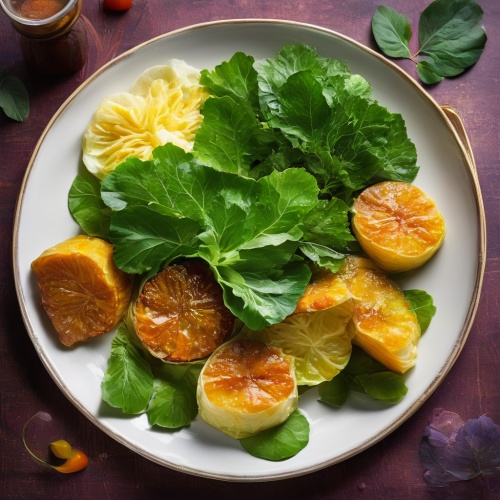 Sarmale - Sarmale represents traditional Romanian cuisine at its finest. These cabbage rolls are filled with a mixture of minced pork, beef, rice, and onions, seasoned with various spices. The whole concoction is then slowly cooked in a rich tomato-based sauce. This hearty dish is often served during festive occasions or as comfort food on chilly days.
Sarmale - Sarmale represents traditional Romanian cuisine at its finest. These cabbage rolls are filled with a mixture of minced pork, beef, rice, and onions, seasoned with various spices. The whole concoction is then slowly cooked in a rich tomato-based sauce. This hearty dish is often served during festive occasions or as comfort food on chilly days.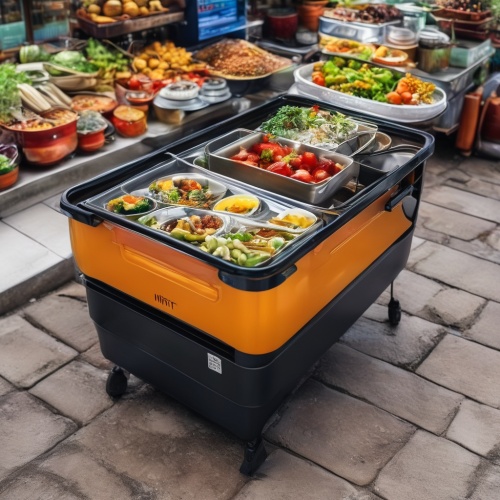 Mititei - Mititei are small, sausage-like rolls made from ground pork mixed with garlic, onion, and various spices. They're traditionally grilled, giving them a smoky flavor that pairs excellently with mustard and pickles. This beloved street food is a staple at picnics, sports events, and other gatherings throughout Romania.
Mititei - Mititei are small, sausage-like rolls made from ground pork mixed with garlic, onion, and various spices. They're traditionally grilled, giving them a smoky flavor that pairs excellently with mustard and pickles. This beloved street food is a staple at picnics, sports events, and other gatherings throughout Romania.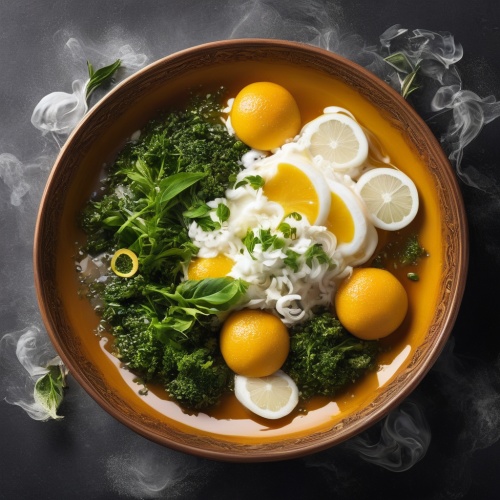 Ciorbă de burta - Also known as tripe soup, ciorbă de burta is a traditional Romanian dish made from the slow-cooked stomach lining of a cow or sheep. It's prepared with onions, potatoes, spices, and sometimes smoked pork. Often enjoyed by those seeking warmth on cold winter days, this hearty soup can be found simmering on backcountry stoves or in rural homes across Romania.
Ciorbă de burta - Also known as tripe soup, ciorbă de burta is a traditional Romanian dish made from the slow-cooked stomach lining of a cow or sheep. It's prepared with onions, potatoes, spices, and sometimes smoked pork. Often enjoyed by those seeking warmth on cold winter days, this hearty soup can be found simmering on backcountry stoves or in rural homes across Romania.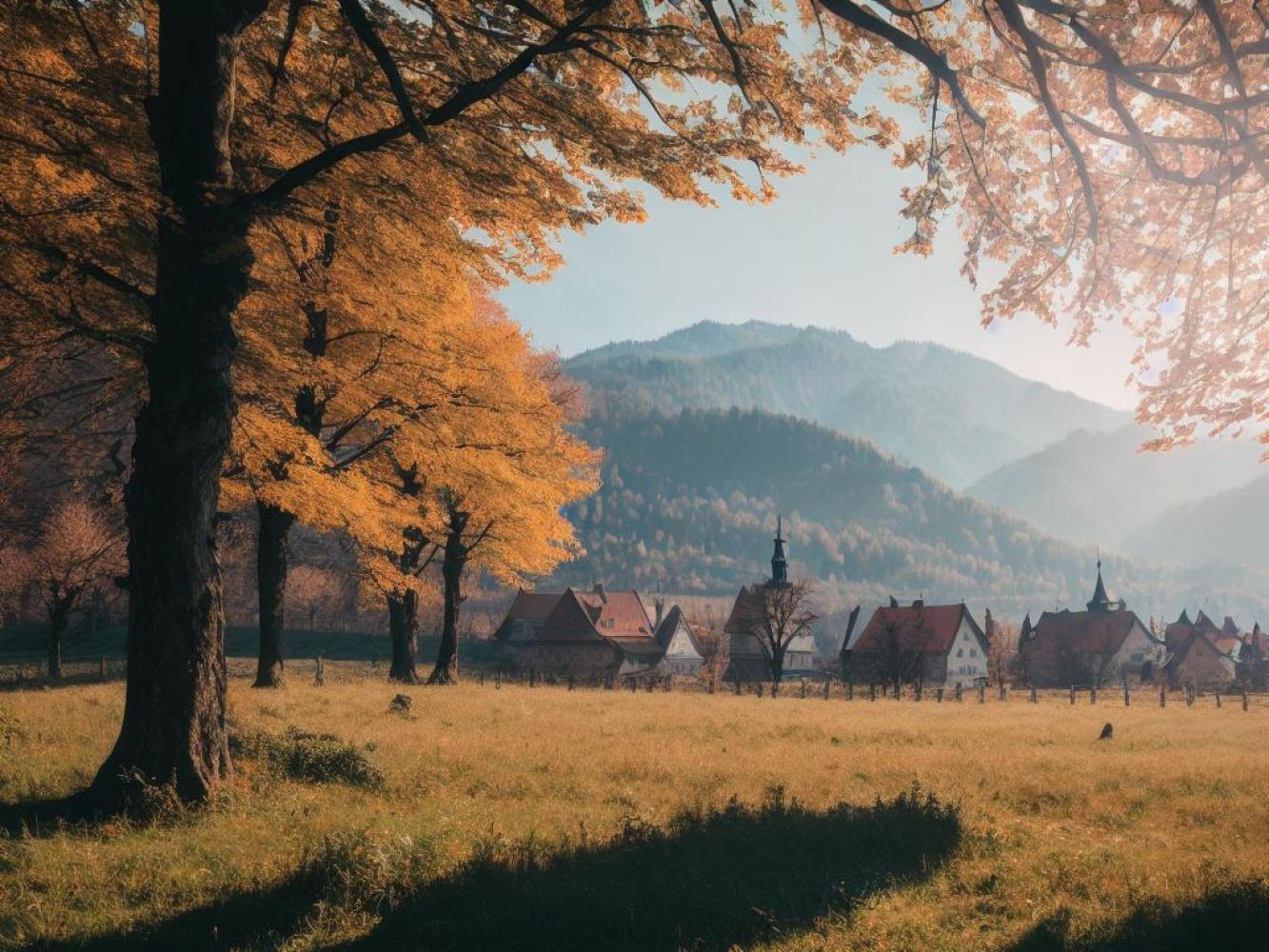
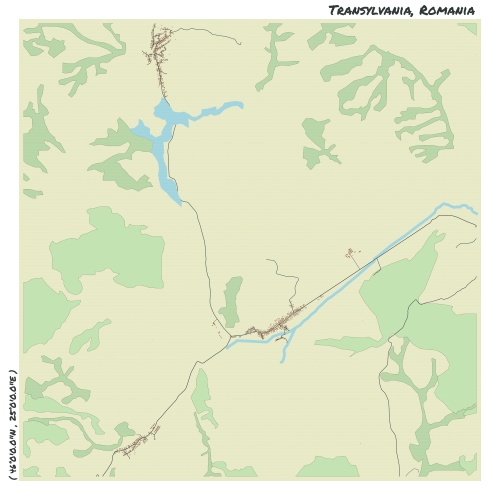
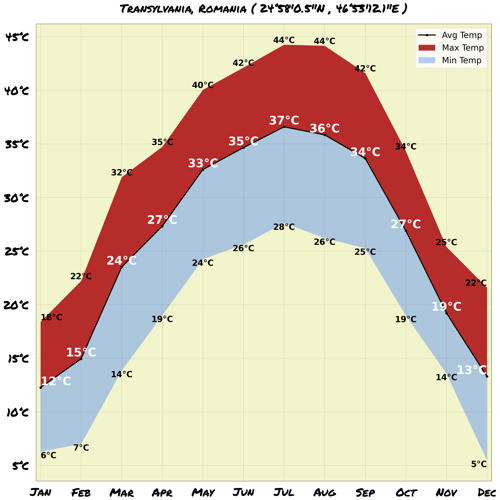
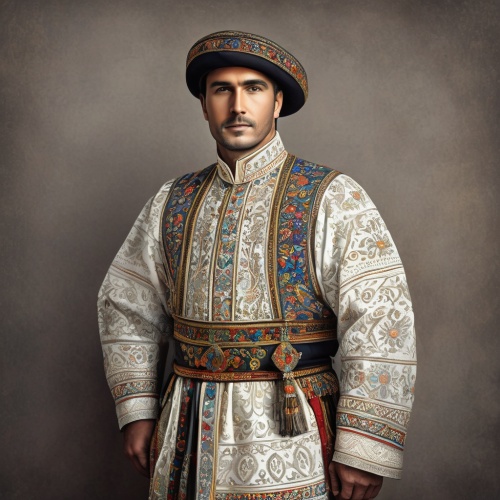
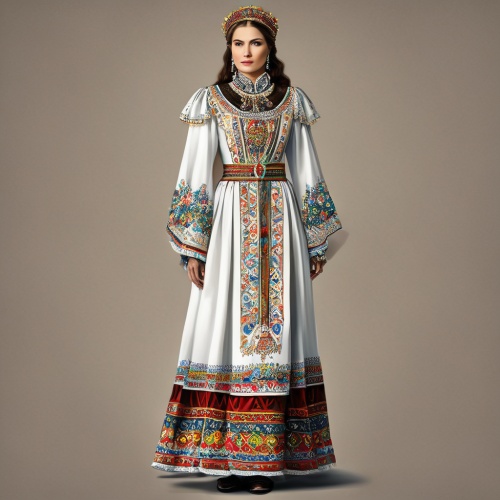
Comments
NO COMMENTS